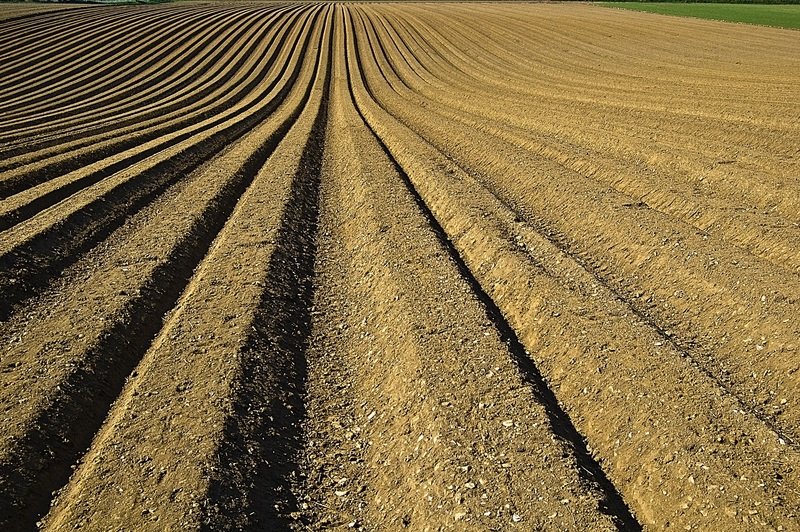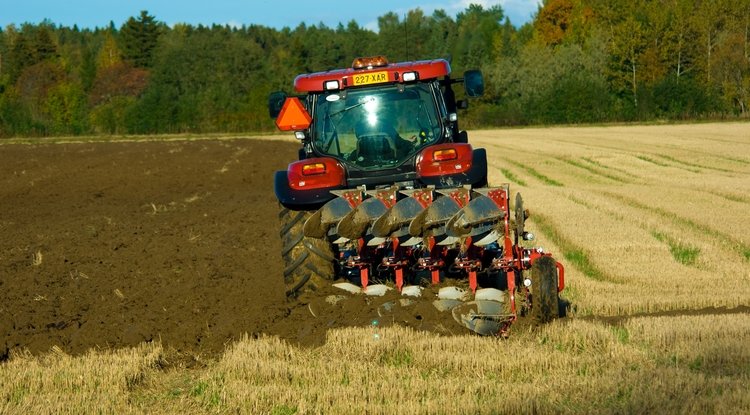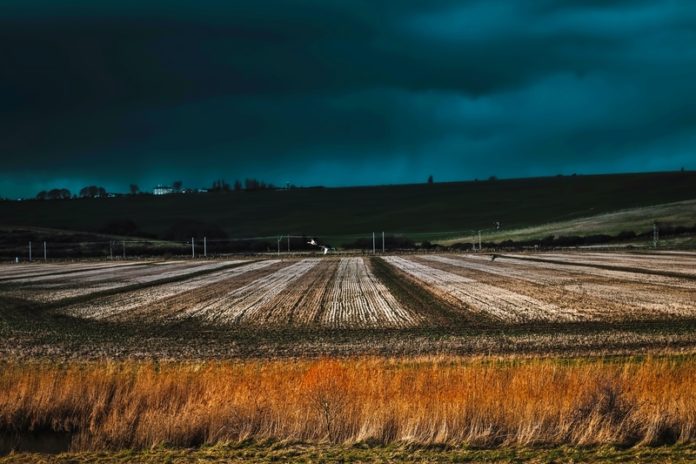What makes it rain?
In our childhood, we used to think that there might be a factory that creates clouds to rain. Another popular myth of the 19th century was the ‘rain follows the plow’. This myth was usually used to justify settlement of the Great Plains.
The development of semi-dry to dry land was said to increase rainfall by moistening the soil and humidifying the climate. Consequent research debunked the myth, however, vast disparities still existed between model portrayals and real perceptions.
Now, a new project by the students at the University of Arizona examined the relationship between morning soil moisture and afternoon rainfall accumulations over the Southern Great Plains.
Xubin Zeng, chair in environment and director of the University of Arizona Climate Dynamics and Hydrometeorology Center and Land-Atmosphere-Ocean Interaction Group said, “In addition to, and partly motivated by, the ‘rain follows the plow’ myth, many scientific papers have been published with conflicting results: wet soil would increase, decrease, or not change precipitation in different papers. Our goal was to resolve this controversy.”
For this study, Josh Welty, a University of Arizona doctoral student in the Department of Hydrology and Atmospheric Sciences, and his thesis advisor Xubin Zeng, gathered the data at the U.S. Department of Energy’s Southern Great Plains (SGP) atmospheric observatory in northern Oklahoma and southern Kansas during the warm season – June to September – from 2002 to 2011.
They discovered that morning soil moisture can influence afternoon accumulations over the Southern Great Plains amid the warm season and the effect contrasts in view of climatic conditions.

On days when the wind brings limited moisture to the region, drier soils upgrade afternoon rain. Be that as it may, when the wind conveys more noteworthy moisture to the area, wetter soils increment afternoon rain.
When atmospheric conditions are bringing moisture to the region, it acts as a source of water vapor, which, when added to the upward motion of air, produces rain.
Zeng said, “There are three ingredients necessary to create rain and moisture from atmospheric humidity, plants, bodies of water or soil – is one of them. Also needed are an upward motion of air from the earth’s surface into cooler parts of the upper atmosphere, which drier soils are good at facilitating, and a source of water vapor.”
“The dry soils that enhance afternoon rain are acting like conveyor belts for warm air that’s being sent into the upper atmosphere. Combine that upward motion with moisture and a water vapor source, and the result is afternoon rain.”

Zeng thinks that this study could be further used for “global analysis based on NASA satellite measurements and climate models.
The results of the study also carry implications for water resource management at a time when water availability is a growing concern in many parts of the central and western United States. While washing the car probably won’t help make it rain, cultivating the soil and changing soil moisture under the right conditions could.
This study is published in the journal Geophysical Research Letters.

